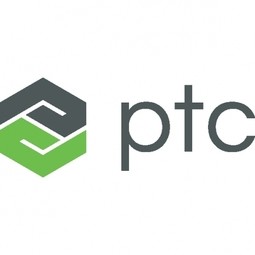PTC
Case Studies
Lexmark teaches customers how to save money by printing less
Overview
 |
Lexmark teaches customers how to save money by printing lessPTC |
Analytics & Modeling - Real Time Analytics | |
Education Healthcare & Hospitals | |
Procurement Sales & Marketing | |
Inventory Management Predictive Maintenance | |
System Integration Training | |
Operational Impact
| Lexmark was able to offer service-level agreements that guarantee minimum downtime due to real-time visibility into its global operation. | |
| The company was able to maintain large distribution centers along with hundreds of forward-stocking locations, providing an affordable way to distribute inventory while controlling overhead costs. | |
| Lexmark was able to optimize the usage of multifunction printers (MFPs) by designing networked workgroups so the printers are used intensively, saving on space, utilities, supplies, and acquisition costs. | |
Quantitative Benefit
| On many projects, customers can expect to save up to 50 percent on overall printing costs. | |


